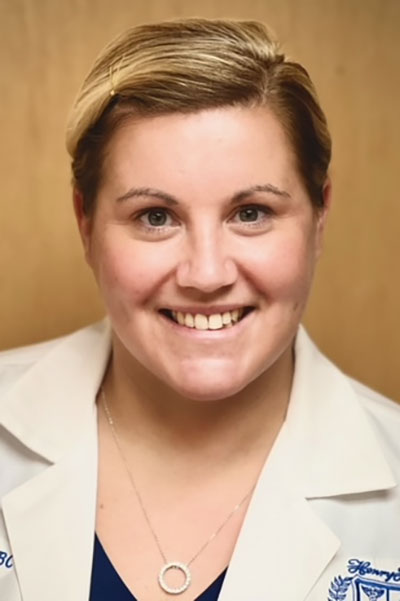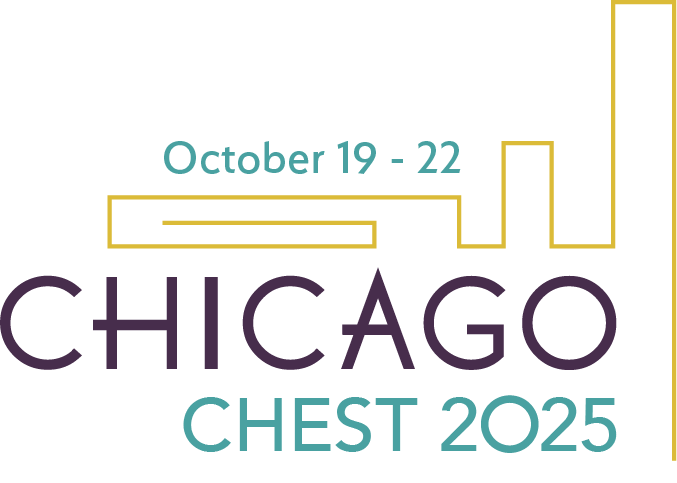
Advanced practice providers (APPs) play an increasingly vital role in the health care system, particularly in areas where physician shortages exist. As health care systems continue to adopt a team-based care approach, APPs have become essential members of many subspecialty pulmonary teams, contributing significantly to both inpatient and outpatient procedural services.1
APPs can be trained to perform a range of pulmonary procedures, either independently or under physician supervision depending on state laws and institutional policies. These procedures include thoracic ultrasound, thoracentesis, chest tube placement, indwelling pleural catheter placement or removal, and, more recently, basic bronchoscopy.
Bronchoscopy is a procedure commonly performed by pulmonologists, critical care intensivists, otolaryngologists, anesthesiologists, and cardiothoracic surgical specialists. There are well-established curricula from the Accreditation Council for Graduate Medical Education that provide clear guidelines and competency assessments for physicians learning bronchoscopy. However, there is currently no formalized training pathway for APPs learning bronchoscopy.
For physicians, bronchoscopy training occurs during fellowship programs, when dedicated time is allocated to mastering the procedure through a combination of simulation training, didactic lectures, required readings, and supervised, hands-on practice. In contrast, APP educational programs typically do not include procedural training, leaving many APPs to acquire these skills through on-the-job mentorship. However, in recent years, nationally accredited critical care and APP residency and fellowship programs have begun incorporating procedural training, including bronchoscopy.
Ensuring uniformity in procedure performance may be seen to be more vital for APPs compared with physicians because their training backgrounds and experience levels may have more variability.3 Bronchoscopy curriculum for APPs should include focused education on normal airway anatomy, flexible bronchoscope features, procedure indications, contraindications, and potential complications. Procedure training simulation should be the first step in developing bronchoscope technique and a consistent airway examination. Once proficient, mentorship with a physician should consist of procedure repetition over a block of time until mastery skills are obtained. During this period, anatomical variances and abnormalities can be identified and explored. A stepwise evaluation tool should be used to assess an APP, particularly if more than one mentor exists, to assure safety and competency and to identify if remediation is required.
Critical care and interventional pulmonary APPs are a growing subset of providers for whom bronchoscopy is becoming an increasingly common skill. Although no direct data exist comparing the bronchoscopy skills of APPs with those of physicians, studies show that APPs can perform other critical care procedures safely and effectively, with similar outcomes to physicians when given appropriate training.2 Over time, procedural competency is maintained by those who perform procedures most frequently, underscoring the importance of experience rather than solely the provider’s title.1 Investing in training APPs to perform bronchoscopy offers long-term economic and operational benefits. Not only can it enhance APP job satisfaction and retention, but it can also expedite procedural access for patients and allow physicians to focus on other pressing clinical needs.
My personal journey with bronchoscopy began one year ago. As an acute care nurse practitioner specializing in interventional pulmonology for the past seven years, I sought to expand my procedural skill set. With the unwavering support of my five attending physicians and formal institutional privileges, I initiated my training using the already established framework from our pulmonary and critical care fellowship program. I completed the required educational components, including a comprehensive reading list and 50 simulated airway examinations. Following this, I participated in weekly operating room procedures, performing intubations and airway exams under general anesthesia alongside an attending physician. After approximately two months with this consistency, I was deemed proficient and safe to perform these procedures outside the operating room setting. My skills have since expanded to include vented ICU patients requiring bronchoscopy for a variety of diagnoses, including hemoptysis localization, tracheostomy placement or exchange within an airway stent, airway stent assessments, bronchoalveolar lavage acquisition, and more.
The symbiotic relationship between APPs and physicians strengthens the multidisciplinary approach to pulmonary care, ensuring comprehensive treatment for patients with complex respiratory conditions. Dedicated mentorship, formal education, and protected practice time will help APPs develop expert procedural skills, which include bronchoscopy. As the health care landscape continues to evolve, APPs will remain instrumental in not only delivering high-quality, patient-centered care but also contributing to the education and training of fellows and residents, particularly in essential procedural skills.4
This article was originally published in the Summer 2025 issue of CHEST Physician.
References
1. Katz J, Powers M, Amusina O. A review of procedural skills performed by advanced practice providers in emergency department and critical care settings. Dis Mon. 2021;67(1):101013. Preprint. Posted on July 11, 2020. PMID: 32665072. doi: 10.1016/j.disamonth.2020.101013
2. Kreeftenberg HG, Aarts JT, Bindels AJGH, van der Meer NJM, van der Voort PHJ. Procedures performed by advanced practice providers compared with medical residents in the ICU: a prospective observational study. Crit Care Explor. 2020;2(4):e0101. PMID: 32426743; PMCID: PMC7188435. doi: 10.1097/CCE.00000000000001013.
3. Ahmed RA, Botsch A, Ballas D, et al. Advanced practice provider critical care boot camp: a simulation-based curriculum. J Med Educ Curric Dev. 2019;6:2382120519840350. PMID: 31001592; PMCID: PMC6454646. doi: 10.1177/2382120519840350
4. Strickland SL, Varekojis SM, Goodfellow LT, et al. Physician support for non-physician advanced practice providers for persons with cardiopulmonary disease. Respir Care. 2020;65(11):1702-1711. Preprint. Posted on June 30, 2020. PMID: 32606076. doi: 10.4187/respcare.07387
